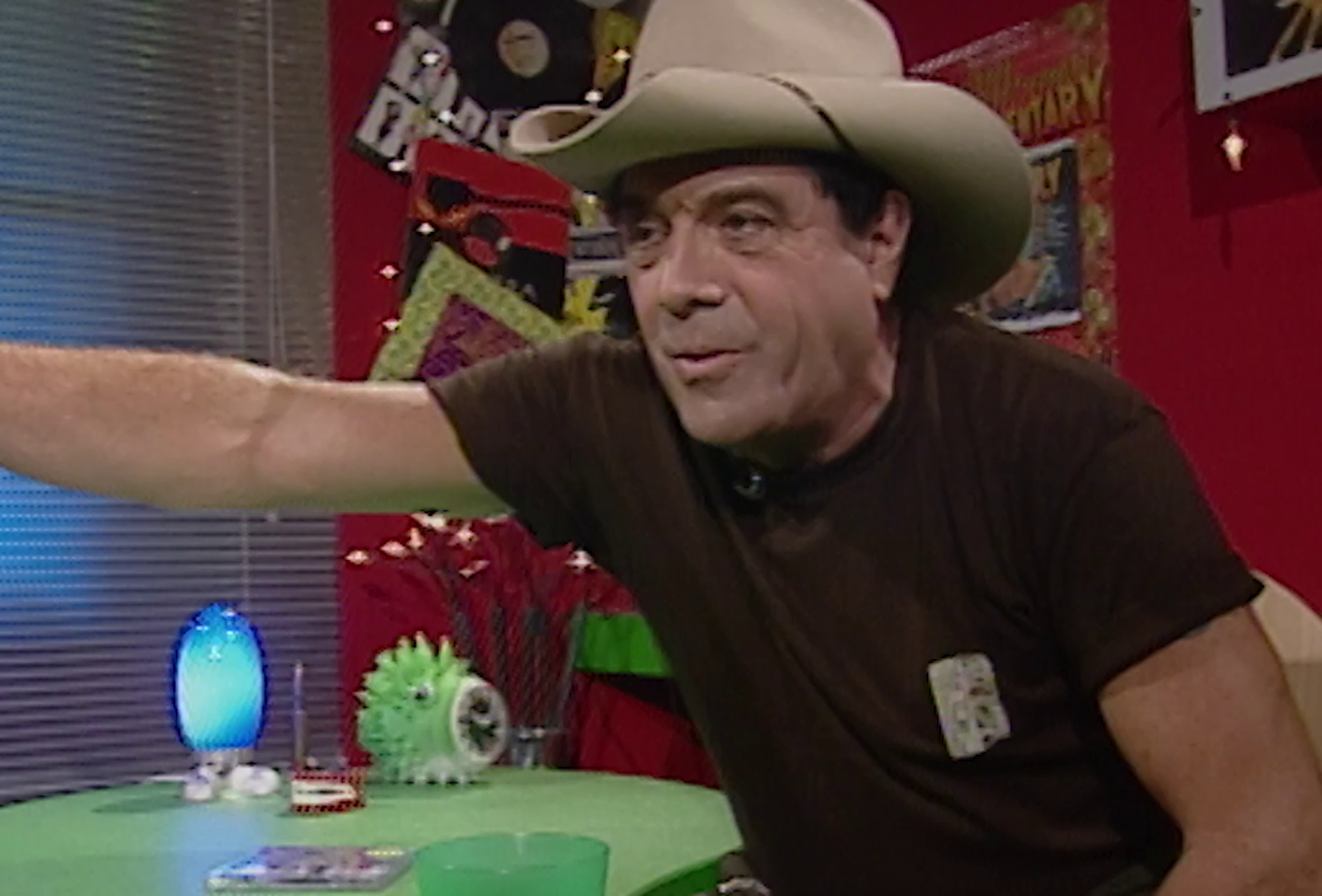
Picnic at Hanging Rock silent outtakes: Flowers, lace and the ones they left behind
When Peter Weir was filming his 1975 masterwork Picnic at Hanging Rock, the artist Martin Sharp played an important role on the set as artistic adviser. After the shoot, he kept a collection of 35mm trims and outtakes, not included in either the original 1975 edit or the 1988 director’s cut, which he later donated to the National Film and Sound Archive. Soundless, fragmentary, the outtakes act as a dream-like augmentation to the hypnotic beauty of Weir’s film, and give insights into the processes and preoccupations of the filmmakers.
This selection of outtakes centres on the formal symmetries of Appleyard College (shot at South Australia’s Martindale Hall), and shows Michael looking longingly towards it after Miranda’s disappearance; Miranda gathering flowers in the early morning; Sarah as a lone, lonely figure in the garden and on the parapets; Rosamund meditatively playing the piano; and a girl framed by floating lace in a window. There are also glimpses of the crew at work – scaling the flagpole, tugging open a sash window.
Sharp, who had a deep knowledge of and fascination with the Joan Lindsay novel from which Weir’s film was drawn, worked to embed layers of meaning into the College sets. Weir says, ‘He had no specific role but ended up with the art department, collecting various props, like small personal items for the girls and the headmistress. These were more often than not specific to the individual, and they loved his choices. He brought a special magic to the shoot.’
In our interview with Peter Weir, the director remembers the ‘strange, beautiful and haunting’ world of the film, and talks about how he shaped it.
With special thanks to Peter and Ingrid Weir.
The National Film and Sound Archive of Australia acknowledges Australia’s Aboriginal and Torres Strait Islander peoples as the Traditional Custodians of the land on which we work and live and gives respect to their Elders both past and present.


